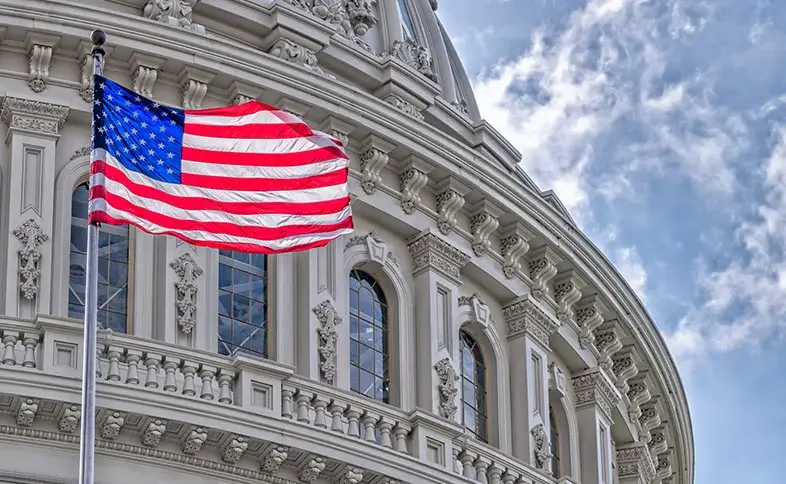Unfortunately, sources of financial aid for international students to study in the US are extremely limited, so you will have to be resourceful and explore every possibility for financial aid.
It is recommended that you begin your search with your college or university’s financial aid office, which may be able to connect you with resources that specifically target non-US residents. Such resources might include:
- Government agencies (education, arts and culture, health, etc.) in your country that award scholarships
- Financial aid department at your college/university
- Department office for your academic program
- Local or regional alumni clubs
- Community, civic and religious organizations
- Businesses or corporations that employ you, your parents, or your spouse
Aid from Your Home Country
Organizations in your home country are one of the best sources of financial aid to study in the US. Your home government might have financial aid available—this support often requires that you return home after completing your education. Try contacting the cultural section of your embassy or your ministry of education for more information, since there are many awards that require you to be nominated by your government.
There might also be private organizations such as businesses, foundations, and religious groups in your home country that provide support for study in the US.
Aid from International Organizations
There are very few private scholarships for international students, and most require that you apply from your home country. If you are already in the US, you might not be eligible, so you should search for financial aid before you arrive in the US. International organizations that offer funding for graduate students to study in the US include the United Nations, the Organization of American States (OAS), AMIDEAST, the International Maritime Organization, the International Telecommunications Union, the League of Red Cross Societies, the Soros Foundation, the World Health Organization, and the World Council of Churches. These awards are extremely competitive.
Fulbright scholarships are awarded to approximately 4,700 graduate students worldwide every year. Applicants are required to take the TOEFL and GRE or GMAT exams. Professional education, such as medical schools, is not eligible. Fulbright students are required to be on J-1 visas for the entire duration of their sponsorship. Contact the nearest US embassy or consulate, Fulbright Commission office, or educational advising center for information about applying to the Fulbright Program in your country.

Aid from the US Government
US government student assistance programs, such as the Pell Grant, Stafford and PLUS loans, and work-study programs, are not available to international students. You may, however, be able to find aid available from the US government for students from specific countries. The best way to find out if there is any financial aid from the US for students from your country is to contact your embassy, the US Department of State, or EducationUSA.

Aid from Educational Institutions
Financial aid for international undergraduate students is extremely rare. Foreign graduate students have significantly more opportunities for financial aid than undergraduate students. Nevertheless, the amount of financial aid for international graduate students is limited.
Some US schools have direct exchange programs with schools in foreign countries. Generally, these exchange programs include financial aid for the international student. Ask your local university to find out about these programs.
If you are interested in enrolling in a graduate or postdoctoral program at a US university, you should contact the schools that interest you. Remember to ask both the relevant department(s) and the university’s financial aid office about financial aid for international students. Most support for international students in graduate programs in the US is provided by the schools themselves in the form of teaching assistantships and research assistantships. These are based on academic merit instead of financial need. You will probably be required to pass the Test of Spoken English (TSE) in order to qualify for a teaching assistantship.
Remember that financial aid is not available for English as a Second Language courses, so you will need a TOEFL score of at least 550 in order to qualify for financial aid.
If you are already enrolled in a US university, visit the International Student Advisor, Financial Aid Office, and Career Planning and Placement Office for information about financial aid for international students.
Aid from Private US
Organizations and Sponsors
There is very little financial aid for international students offered by private sources such as foundations and individual sponsors. To find out what is available, you can search free scholarship and fellowship databases, which you can find on this list of scholarship and fellowship databases .
You might also try reading some of the ethnic newspapers that are published in the US. Some sources of financial aid are publicized only in such foreign language newspapers. If you can’t find anything listed, try calling the editor to see if they know of any possibilities.
Assistance from Your Family
According to the Association of International Educators, more than two-thirds of international students in the US finance their education using their own resources and the resources of their family. It is likely that you are going to have to rely at least partially on your own assets, your parents’ money, and contributions from relatives.

International Financial Aid Resources center


